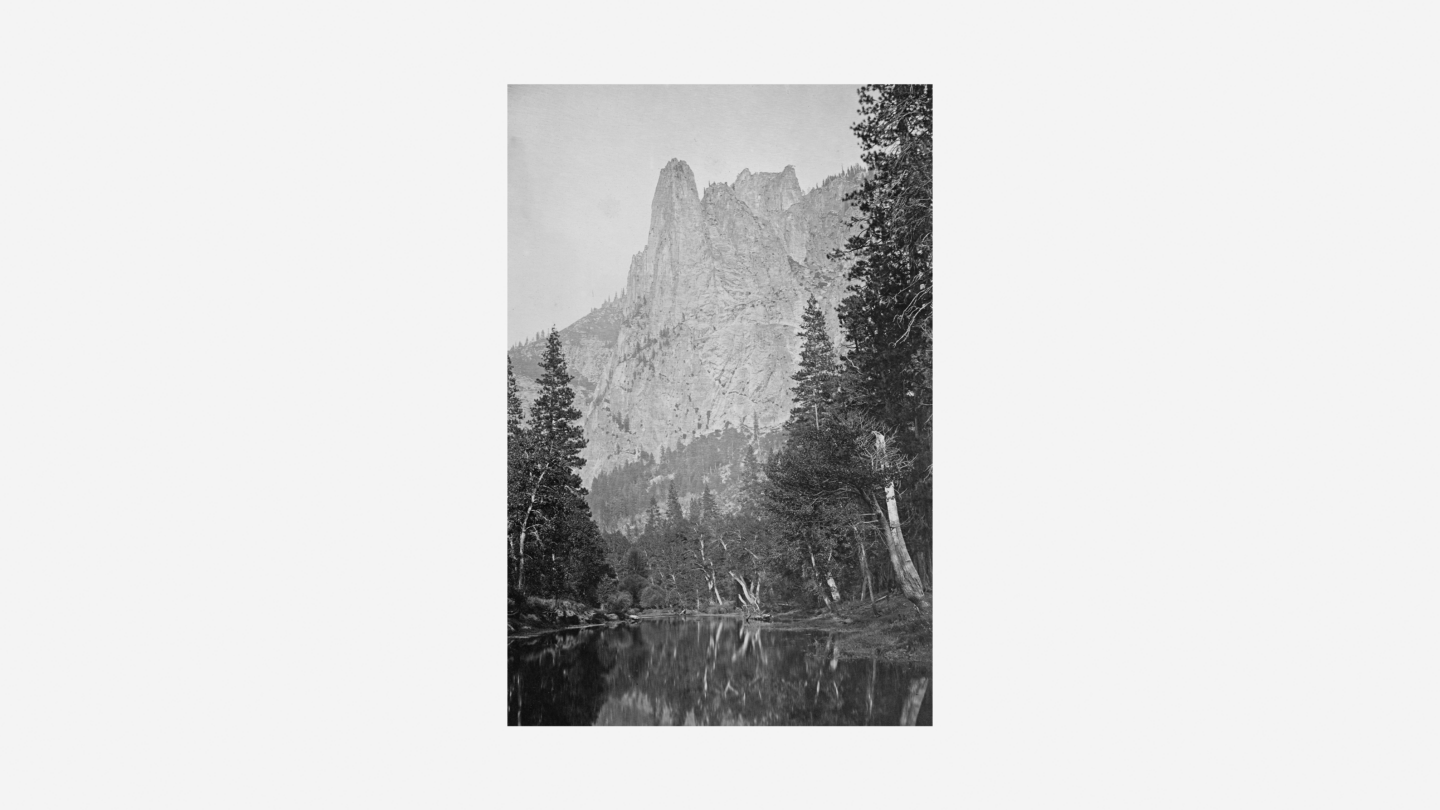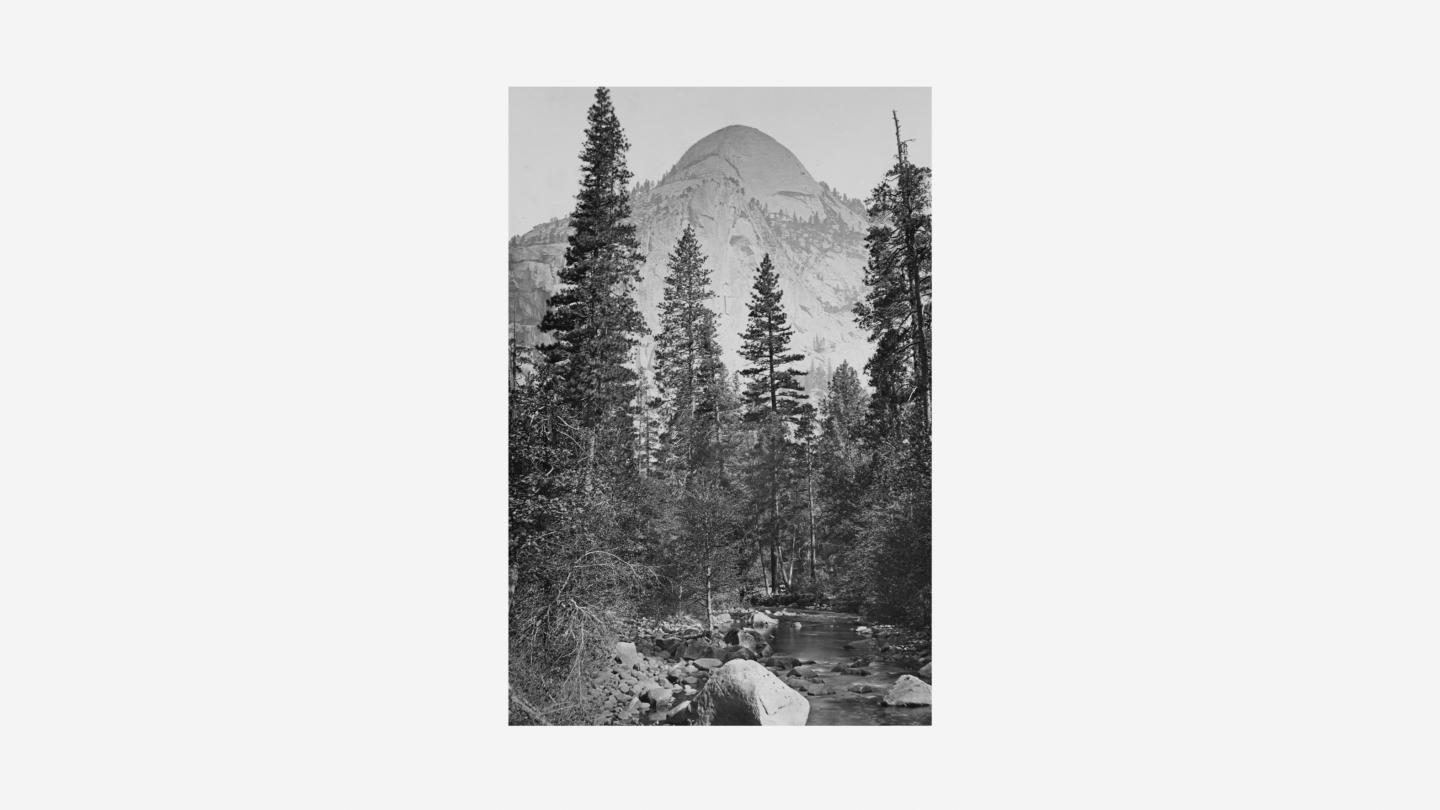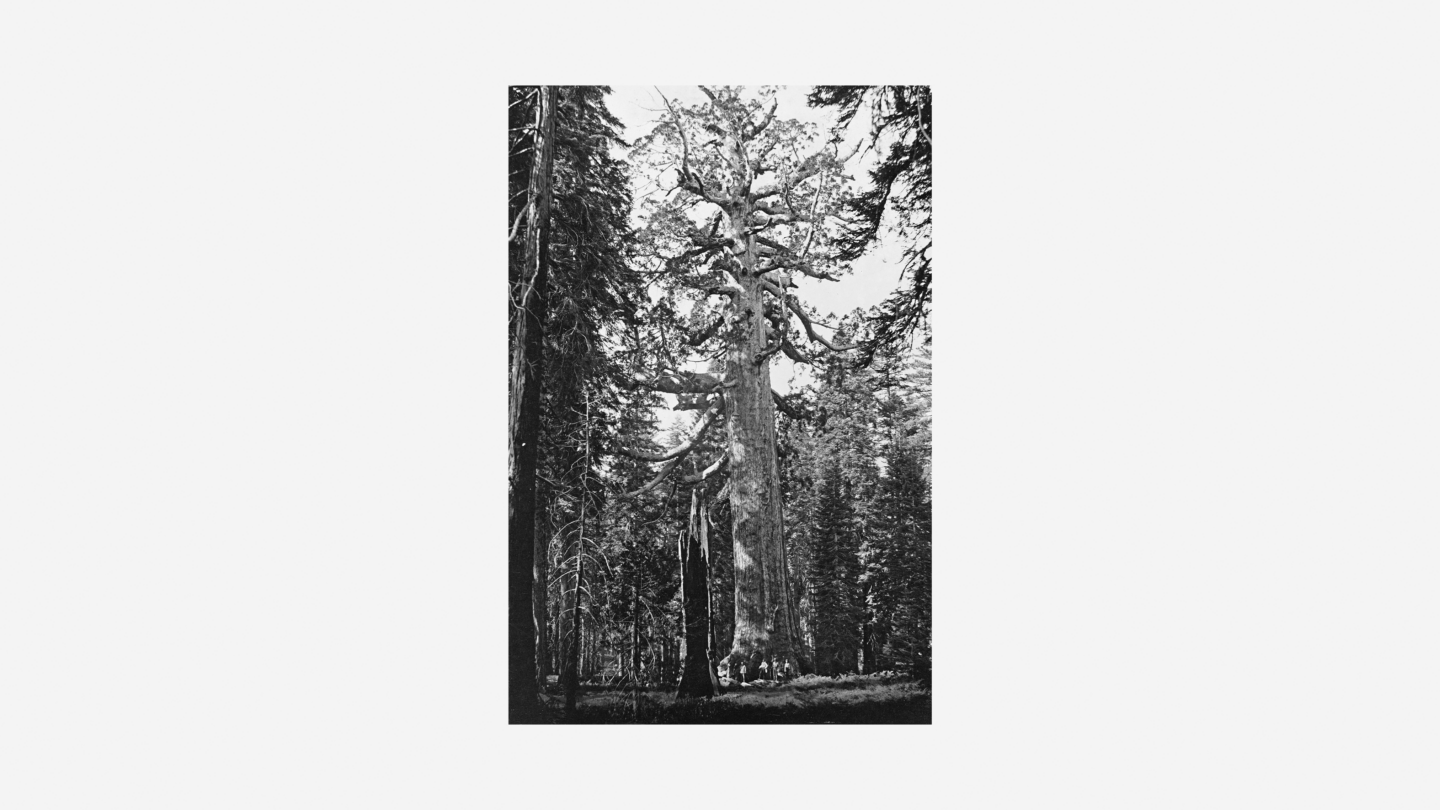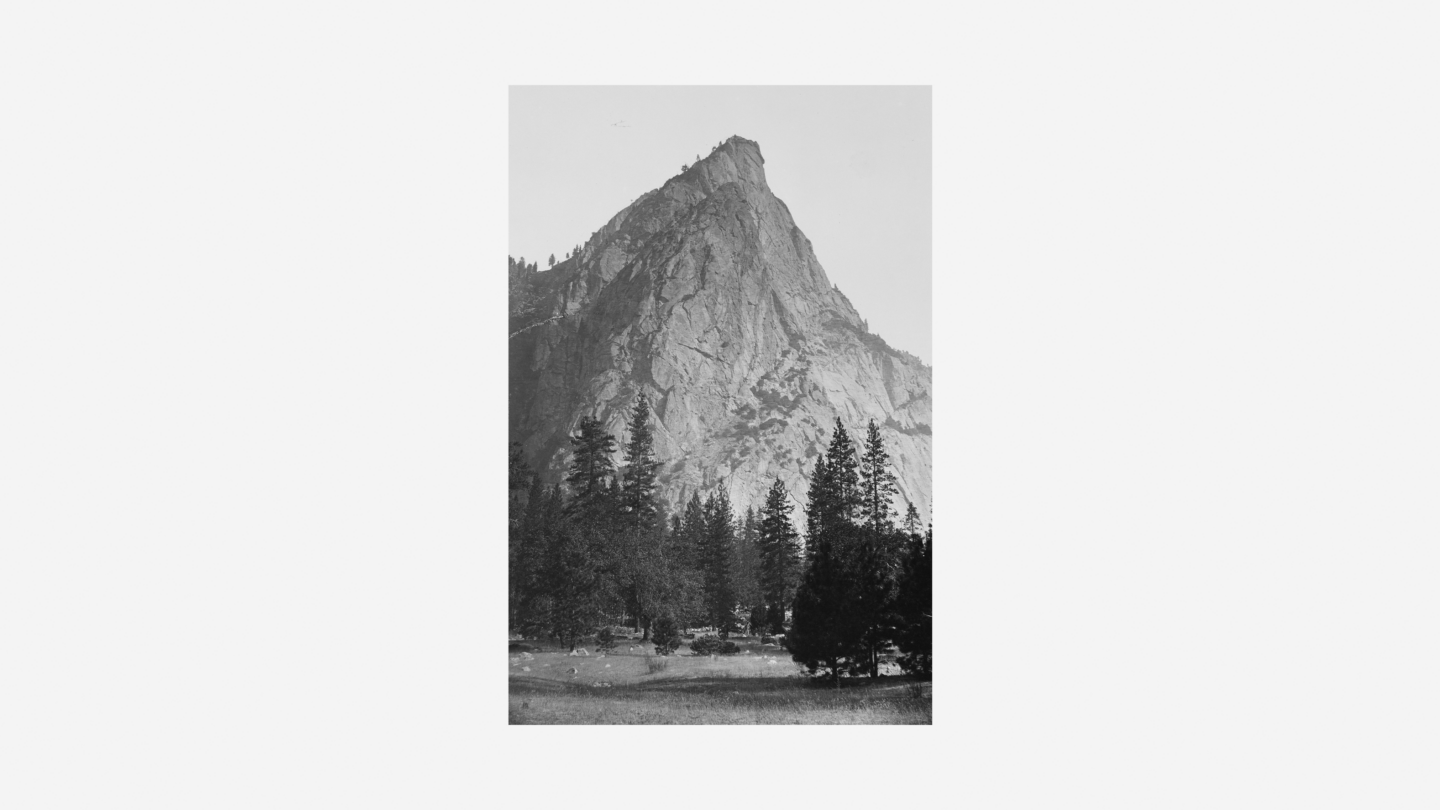Let’s Celebrate Olmsted 200!
A livestream of this program will be available on the event page and our YouTube channel.
The year 2022 marks the 200th anniversary of the birth of Frederick Law Olmsted, social reformer and founder of American landscape architecture. As part of the Olmsted 200 national celebration, the Atlanta History Center is pleased to join the National Association for Olmsted Parks, partners, friends, and the public in this effort to explore Olmsted’s living legacy. Join us, in person, on April 6, 2022, for a Cherokee Garden Library Talk featuring Rolf Diamant, author of Olmsted and Yosemite: Civil War, Abolition, and the National Park Idea (co-authored with Ethan Carr; published by the Library of American Landscape History, 2022).
About Olmsted and Yosemite from the Library of American Landscape History
During the turbulent decade the United States engaged in a civil war, abolished slavery, and remade the government, the public park emerged as a product of these dramatic changes. New York’s Central Park and Yosemite in California both embodied the “new birth of freedom” that had inspired the Union during its greatest crisis, epitomizing the duty of republican government to enhance the lives and well-being of all its citizens. A central thread connecting the apparently disparate phenomena of abolition, the Civil War, and the dawn of urban and national parks is the life of Frederick Law Olmsted.
Before collaborating on the design of Central Park, Olmsted had traveled as a journalist through the Southern States and published firsthand accounts of the inhumane conditions he found there, arguing that slavery had become an insurmountable obstacle to national progress. In 1864, he was asked to prepare a plan for a park in Yosemite Valley, created by Congress to redefine and expand the privileges of American citizenship associated with Union victory.
His groundbreaking Yosemite Report effectively created an intellectual framework for a national park system. Here Olmsted expressed the core tenet of the national park idea and park making generally: that the republic should provide its citizenry access to the restorative benefits of nature. His vision was realized with the passage in 1916 of legislation that created the National Park Service, drafted in large measure by Olmsted Jr. and based on the ideas and aspirations fully expressed fifty years earlier in his father’s report.
The National Park Service has been slow to embrace the senior Olmsted’s role in this history. In the early twentieth century, a period of “reconciliation” between North and South, National Park Service administrators preferred more anodyne narratives of pristine Western landscapes discovered by rugged explorers and spontaneously reimagined as national parks. They wanted a history disassociated from urban parks and the problems of industrializing cities and unburdened by the legacies of slavery and Native American dispossession.
Marking the bicentennial of Olmsted’s birth, the forthcoming book sets the historical record straight as it offers a new interpretation of how the American park—urban and national—came to figure so prominently in our cultural identity, and why this more complex and inclusive story deserves to be told.
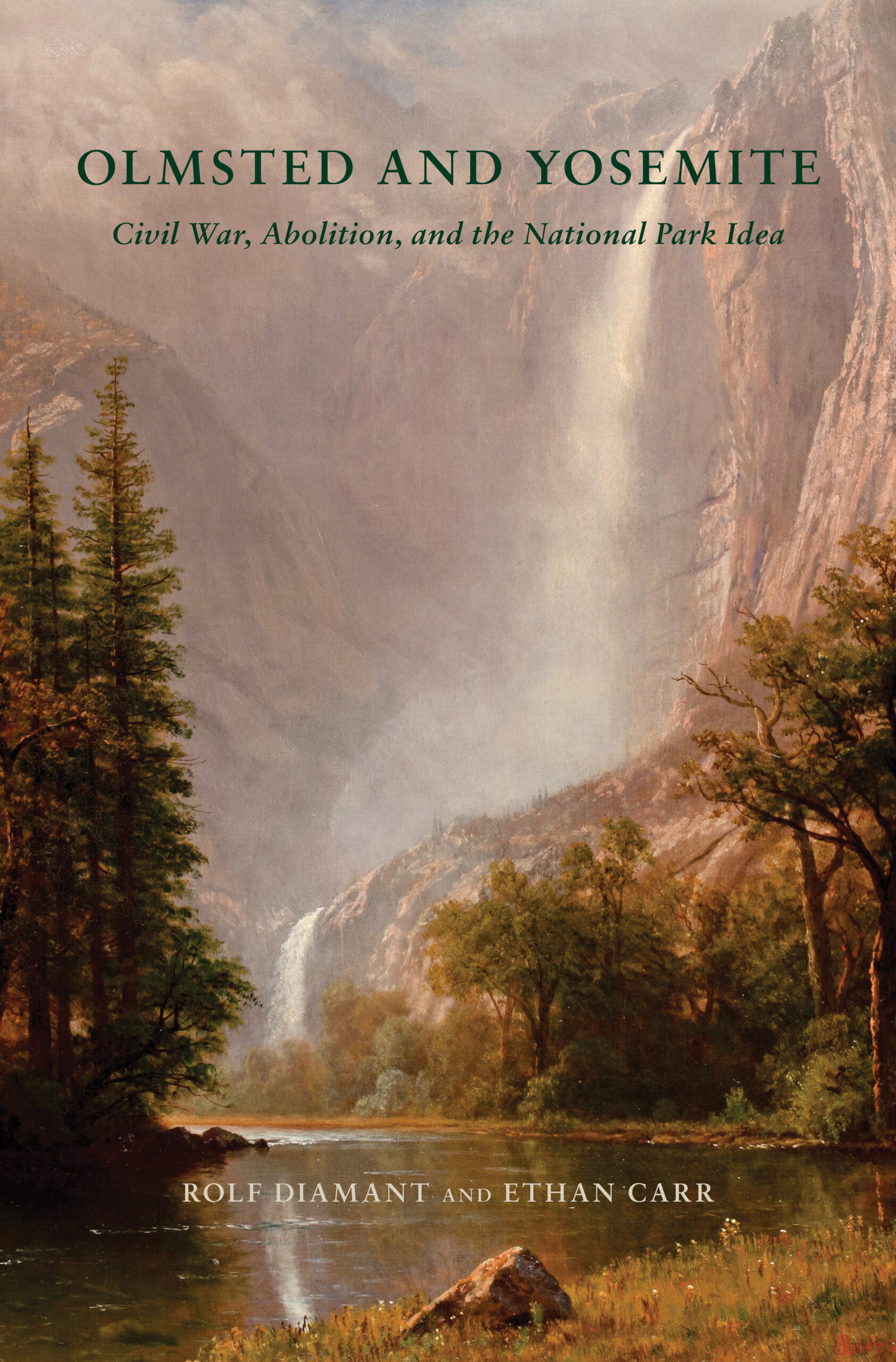
About the Author
Rolf Diamant is a landscape architect, adjunct associate professor of historic preservation at the University of Vermont, and former superintendent of four national parks, including Frederick Law Olmsted National Historic Site. He regularly contributes to the journal Parks Stewardship Forum and is co-editor and contributing author of A Thinking Person’s Guide to America’s National Parks.
Learn more about Olmsted 200 events in Atlanta and around the country: olmsted200.org


